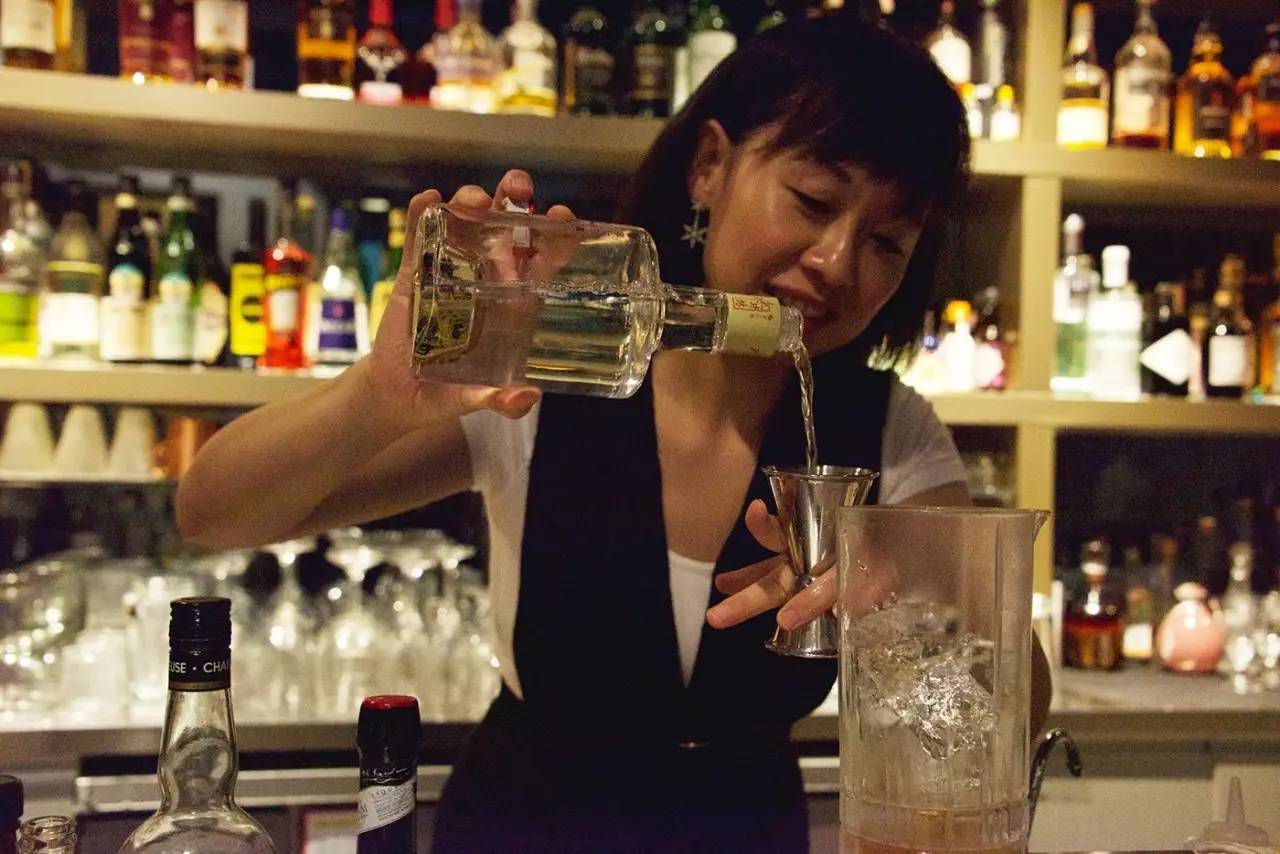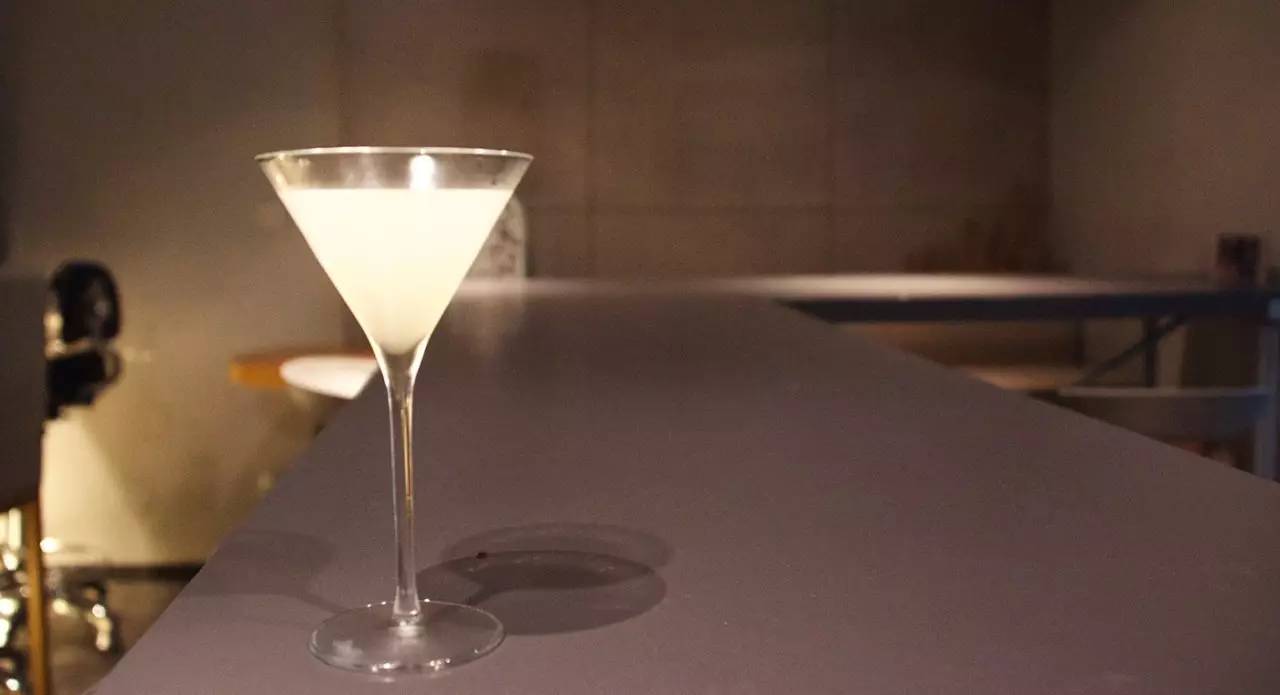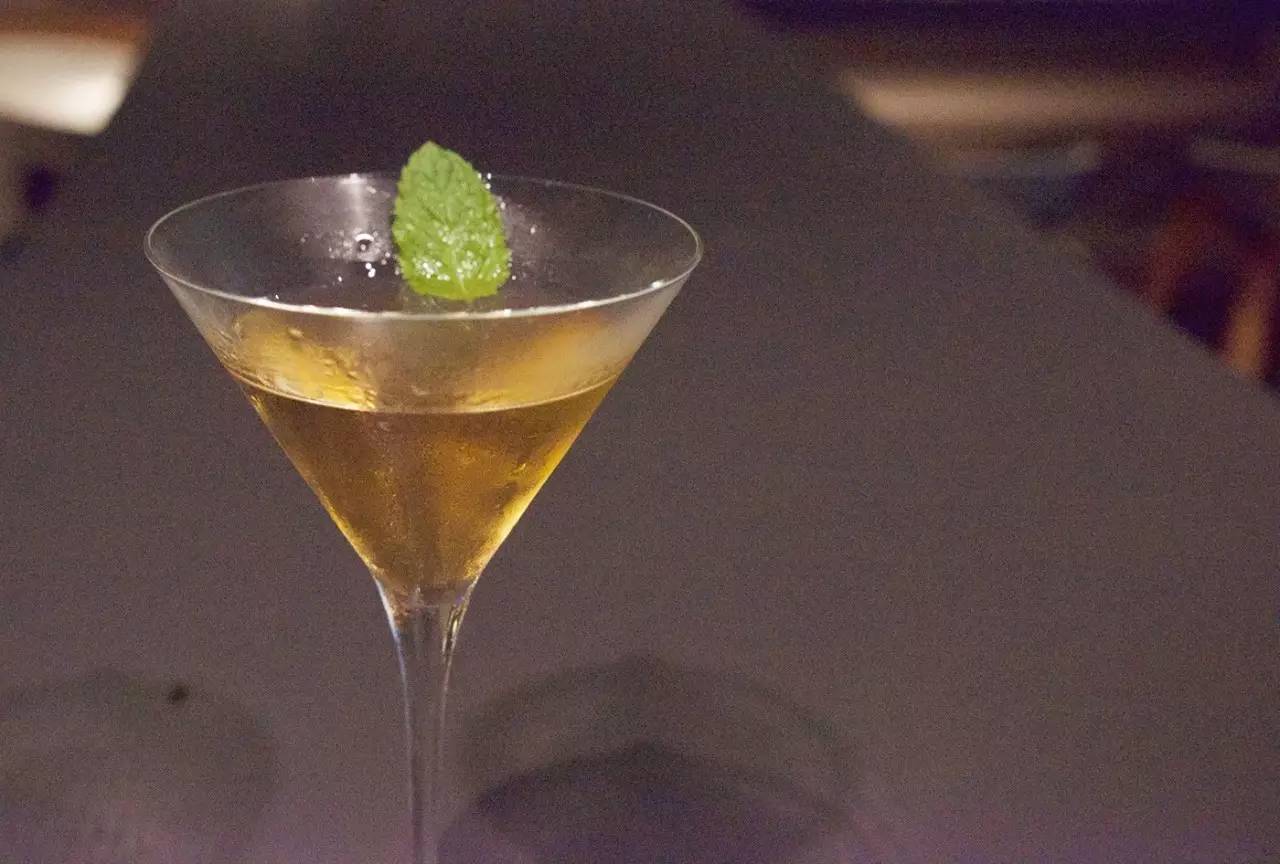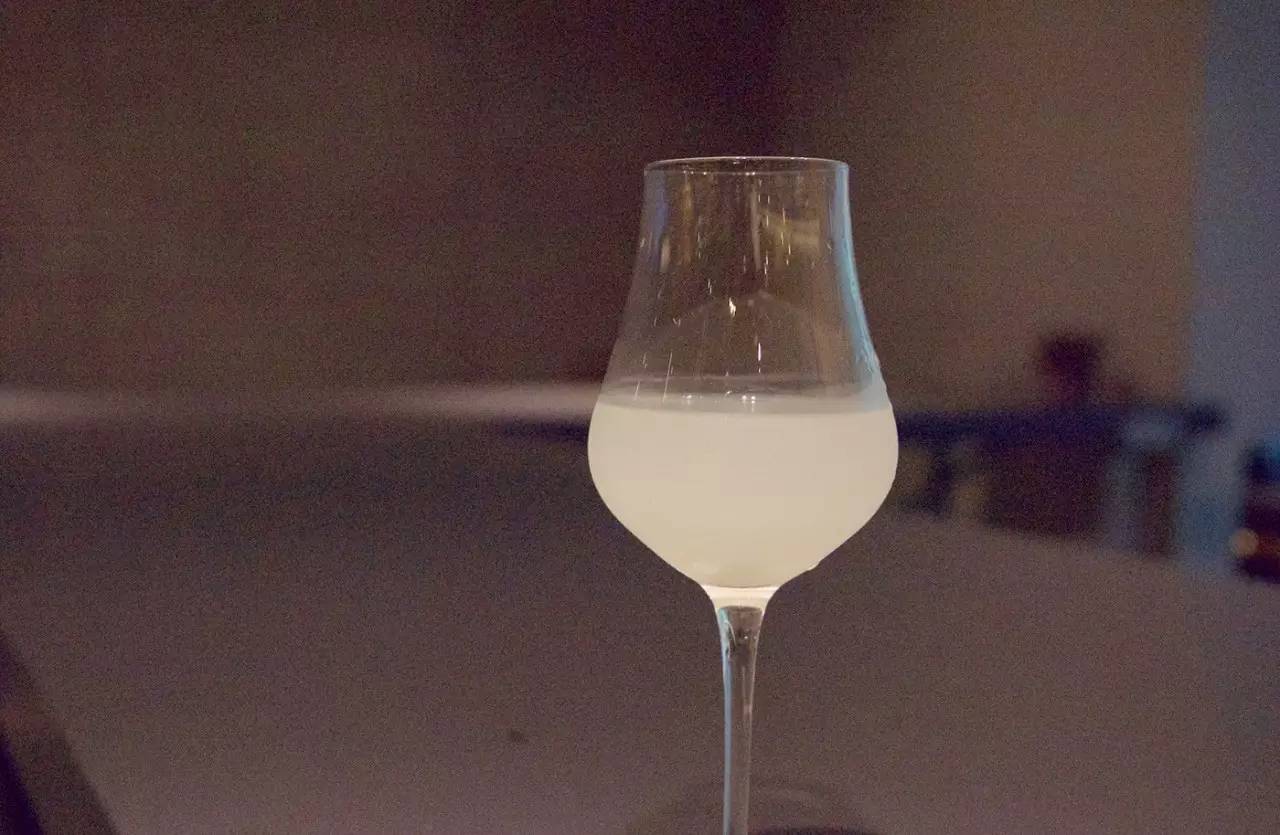Baijiu might be the world’s most popular spirit but that doesn’t mean it’s a hit with younger drinkers here in China or even widely known in other countries. World Baijiu Day, an international celebration started by Beijing-based booze writer Jim Boyce, aims to address both issues – promote the traditional Chinese spirit to consumers overseas and to younger locals. This year’s theme, “Beyond Ganbei”, encourages baijiu in cocktails, infusions and liqueurs over the traditional shots.

We spoke to Timo Janse, bar manager of Door 74 in Amsterdam, who is now selling a baijiu-based cocktail at the bar and he raised an interesting question: is there any possibility to create a classic baijiu cocktail to help promote the spirit to a wider audience.
This inspired us to experiment to find out what might work. So we rushed to Healer in Shanghai and asked owner Phoebe Han, who is well-known for diverse collection of Chinese spirits and original baijiu cocktail recipes, to help us.

We have to point out that this is by no means a serious academic experiment. We do hope what we learned can offer some experiences and lessons for those who are interested in pouring more baijiu out of their shakers.
Here is our report.

Lab Report
Aim:
To find out some suitable and feasible ways that baijiu can be used in cocktails.
Equipment:
Shakers, strainers, bar spoons, jiggers, knives, muddlers
Materials:
Baijiu – we chose Shuijingfang, a strong aroma-style, which is widely available
Fruit – lemons, limes, grapefruits
Other alcohol – gin, Campari, vermouth, triple sec, absinthe
Mixers – ginger ale, tonic water
Other – sugar, bitters
Process:
1. Highball
We started from basic highball twists such as the Gin & Tonic and Moscow Mule. They are simple, but also test the fundamental skills of a bartender. Initially, we just changed the base spirit to baijiu but it turned out to be a disaster. Phoebe frowned painfully as we found it impossible for soft drinks to control the rich aroma and flavour of the baijiu, making the drink terribly unbalanced.

You may notice we will mention “balance” frequently in this article. It is the main challenge when you add baijiu in a mixed drink and the reason why many bartenders are reluctant to take baijiu cocktails into consideration.
It can be argued that it is the strong aroma and rich flavour that make baijiu unique and while we do not intend to deny this point, why would a baijiu drinker have a cocktail instead of drinking it neat?
Our task is encouraging more consumers, those who are not that into baijiu, to try it in a novel way.
2. Reduced volume & 3. Grapefruit
Before we began this experiment, we asked Paul Mathew, an old friend and DRiNK Magazine writer based in London, for suggestions. Mathew is a bartending veteran and experienced baijiu drinker, who has consulted for Chinese spirits brands including Moutai and made many baijiu cocktails. His advice: decrease the volume of baijiu and try grapefruit with it.
We followed his suggestions, trimming the volume of baijiu from 45ml to 30ml for the second round of highballs and we shook it with a quarter of muddled grapefruit before topping with tonic. For the third one, we mixed 20ml gin with 10ml baijiu, then added 15ml yuzu liqueur and tonic.

To be honest, these two tasted better than the first prototype but the baijiu was still overpowering the other ingredients. Grapefruit provided a bittersweet complexity to the drinks, which was pleasing, but we may need another day in the lab to further explore how to make full use of it.
4. Sours
We moved on from highballs to sours to create a baijiu riff on such classics as the Sidecar, White Lady and Margarita. Phoebe added one part of baijiu, two parts of triple sec and two parts of lime juice to the shaker.

The result? Not bad, and though baijiu dominated again, it was more balanced than the baijiu highball. Phoebe said it was not acceptable for her menu yet, but encouragingly there was room for improvement.
5. Old Fashioned
Could baijiu stand in for a classic whisky cocktail? We tried a Baijiu Old Fashioned to be sure. The synergy of Angostura and baijiu seems to work well. Is baijiu more suited to bitter-flavored cocktails than refreshing ones?

6. Negroni
To test this hypothesis, we played some tricks on the Negroni. Equal parts of baijiu, vermouth and Campari led to a pleasant surprise. The Campari did not lose its character even when faced with the strong Chinese spirit, making the drink balanced and tasty. A salute to our great Italian comrade!

7. Herbal liqueurs
We turned to France for Benedictine and Green Chartreuse. Replacing calvados with 30ml baijiu, Phoebe creatively made a Chinese version of the Widow’s Kiss with 15ml Benedictine, 15ml Green Chartreuse, a couple of dashes of bitters and some mint leaves. She was satisfied with this one – thank God, finally – and said it was easy to drink, but that you could still feel baijiu’s richness when you swallowed it down.

8. Absinthe
It seemed that we were close to an answer… but we screwed it up in the end.

The good news was that we found out a spirit that could win in the fight against baijiu but absinthe was too wild a monster. It caused division among us: some believed that it was strong and stimulating, while others thought the confrontation between baijiu and absinthe brought about anything but pleasure, like a real battle, Megatron against Optimus Prime in your mouth.

HELP!
We surrendered. The whole thing reminded me of Frankensteinand I was deeply sympathetic with the poor scientist in Mary Shelley’s novel. We’d also created a monster.
Though we had made an awful mess with our experiments, Phoebe was so nice and treated us to her signature baijiu-based cocktail, the Downton Abbey. Made with pepper and wasabi seed-infused baijiu, mezcal, pineapple rum, egg white and sugar, it made some of us forget the horrible experience of the baijiu-absinthe mix. Phoebe’s drink was spicy but complicated, with mezcal adding an impressive smokiness. So good.

To end the day, we sipped a special Bloody Mary mixed with a rice aroma style baijiu produced in Guangxi. The spirit is more tender than the one we used before, and worked nicely in a salty and umami cocktail. A direction that is well-worth exploring.
Result and Analysis:
Baijiu has a lot of potential in cocktails, especially strong and bitter ones, but it may turn out a nightmare in some refreshing recipes. We found some flavours performed well with baijiu: the bitterness of Campari, spiciness of Angostura and herbal punch of Chartreuse, in particular. If you are sure absinthe is popular with your customers, give it a chance.

Phoebe’s Four Tips For Better Baijiu Cockails:
To achieve a better balance in your drinks, avoid strong aroma and soy sauce aroma styles of baijiu.
Light aroma and rice aroma style are much more adaptable to bartending.
Use baijiu as a flavorrather than a base spirit.
Infuse baijiu like a Traditional Chinese Medicine lover. Keep experimenting with fruits, herbs or anything edible.
Follow these rules and who knows what magic may happen?
Signature baijiu cocktails of Healer: Rouged Lips and ProJna
Healer
No.30 Tianping Road, Xuhui District
021 6299 6022
In case you missed it: